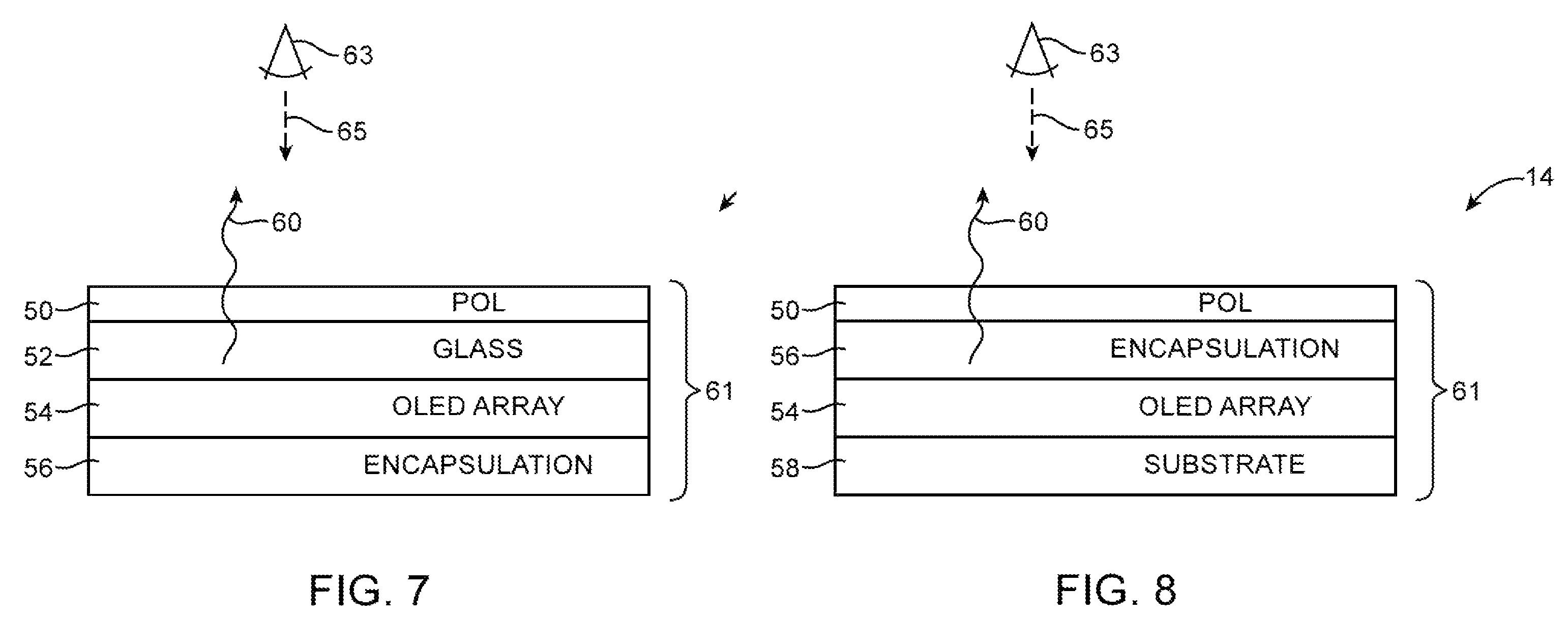The United States Patent & Trademark Office (USPTO) today awarded Apple a patent describing a process for embedding light-sensing sensors into a mobile display. The invention, titled “Electronic devices with display-integrated light sensors,” potentially paves the way for next year’s iPhone.
Apple’s new patent specifically mentions the ambient light and proximity sensors, which are found on the front face of the device, as being integrated into the display assembly.
According to KGI Securities analyst Ming-Chi Kuo and pundits in the know, like Daring Fireball’s John Gruber, the iPhone 8—or whatever a 2017 iPhone (or Tenth Anniversary iPhone) ends up being called—should be a major design departure from prior models as it would supposedly get rid of the chin and forehead bezels by integrating Touch ID and the front-camera along with other sensors directly into the display.
The invention outlines a mobile device with a display-integrated light sensor that includes a transparent cover layer, light-generating layers and a touch-sensitive layer.
An ambient light sensor or a proximity sensor is interposed between the transparent cover layer and a display layer, whether it be OLED or LCD. Currently, these sensors are found above the display of current iPhone, iPad and Mac models.
“The display-integrated light sensor may be a packaged light sensor that is integrated into the display layers of the display or may be formed from light-sensor components formed directly on a display circuitry layer such as the touch-sensitive layer or the thin-film transistor layer,” reads the patent abstract.
AppleInsider explains:
Certain embodiments dispose an ambient light sensor or a proximity sensor at the extreme edge of an OLED display abutting a touch-sensitive layer, for example.
Alternatively, a handset could include a dedicated TFT layer onto which a variety of sensors are embedded. In each case, all display and sensor circuitry is protected by a transparent encapsulation layer made from glass or plastic.
In other embodiments, one or more light sensors are integrated at the periphery of a display beyond the edge of touch sensitive traces to avoid touch sensitivity issues.
The invention was first filed for in June 2015 and credits Apple engineers Erik G. de Jong, Anna-Katrina Shedletsky and Prashanth S. Holenarsipur as its inventors.
USPTO last week granted Apple a patent for a Touch ID sensor that could work through an iPhone display.
Source: USPTO via AppleInsider


